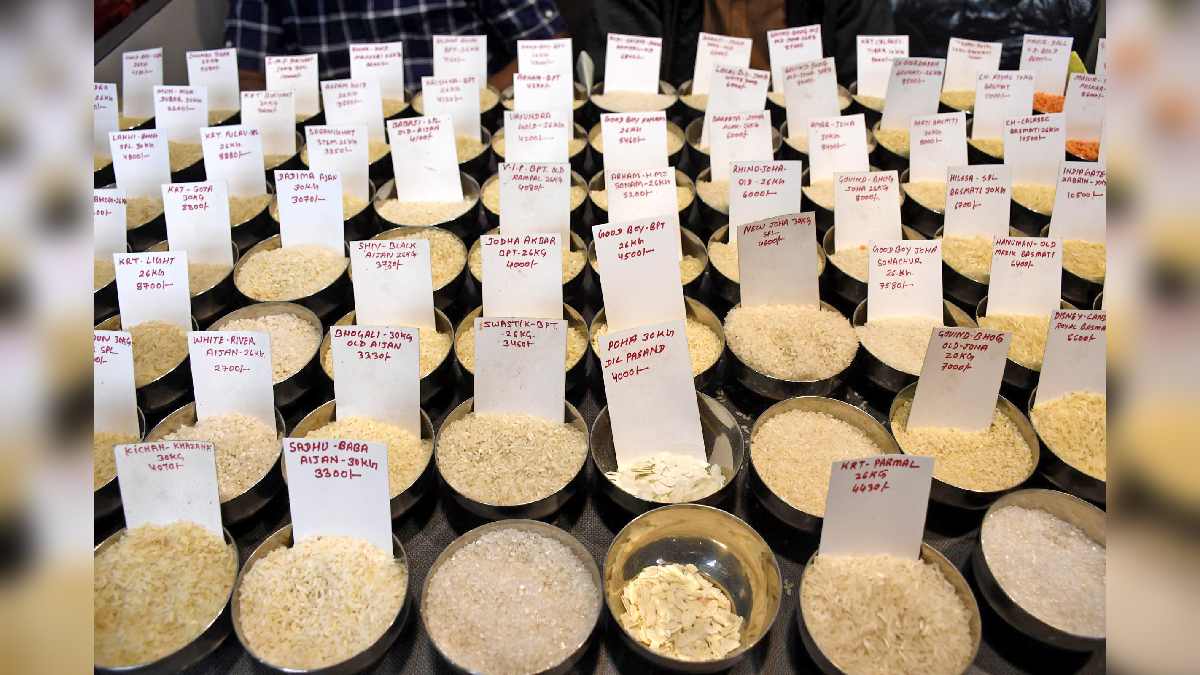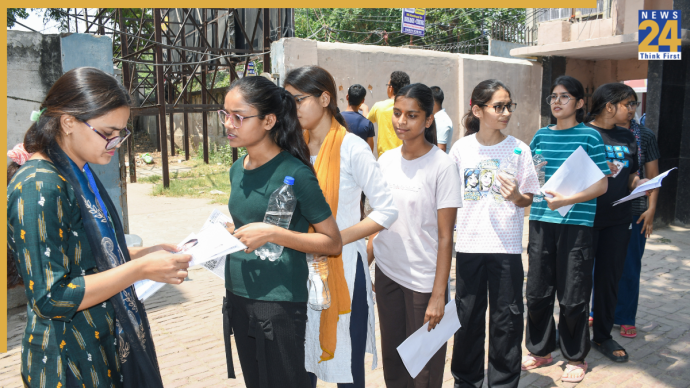New Delhi: In a move that has sent shockwaves around the world, the Modi government’s decision to impose restrictions on rice exports has led to a rapid surge in rice prices. Just last week, India expanded its ban on rice exports, causing rice prices in Asia to reach a 15-year high. It’s crucial to note that this export ban also extended to several other grains, starting on July 20.
India: A rice export giant
India stands as one of the largest rice-exporting nations globally, closely followed by countries like Thailand and Vietnam. Harvard University’s Professor Emeritus Peter Timar has noted that rising rice prices tend to hit the poorest consumers the hardest. The biggest concern now is that if countries like Thailand and Vietnam follow India’s lead in imposing export restrictions, rice prices worldwide could soar beyond $1,000 per ton.
Implications of monsoon deficiency
Adding to the concern, the global rice market faces the possibility of further price hikes due to a deficiency in monsoon rains. India has either increased tariffs or entirely halted rice exports. Currently, the standard price for rice in the global market stands at $646 per ton, but with reduced rainfall affecting crops, rice prices may see an additional surge.
Thailand has already issued a drought warning, raising fears of further price increases. However, the situation in China, where the crop is healthy, could potentially provide some relief to global markets.
Conclusion
The ramifications of India’s decision to curtail rice exports are being felt worldwide, as rice prices surge to unprecedented levels. With the uncertainty of monsoon rains looming, the global rice market remains on edge, awaiting further developments that could impact the cost of this essential staple for billions of people.













